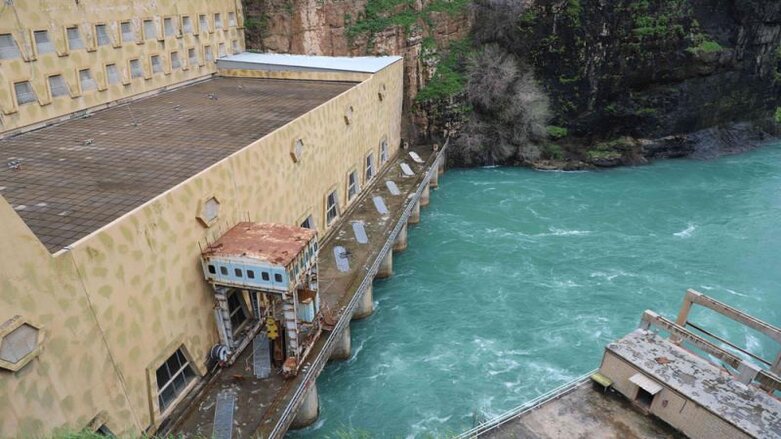The caves around the Kurdistan Region's Dukan Lake
"All [of these areas] around Dukan Lake make the area look like paradise."

The inhabitants of 50 villages (a total of 1,200) had to be resettled to make Dukan Lake. Was sacrificing these villages to build the largest artificial lake in Kurdistan Region worth it?
The lake, situated 55 kilometers (35 miles) northwest of Sulaimani city, has been one of the most famous tourist destinations in the region.
Dukan Dam and the reservoir were built between 1954 and 1959 as a multi-purpose dam to provide water storage, irrigation, and hydroelectricity. Aside from these benefits, the area used to be a valuable archaeological asset.
Before the flooding of Dukan Lake, extensive archaeological research was carried out in the area as archaeologists scrambled to examine as many archaeological sites there as possible.
"Excavation evidence shows that there were 40 archaeological sites, ranging from the sixth millennium BCE (before common era) up to the present," said Khurshid Aziz, a local archaeologist. "Five of these excavated sites were: Tell Bazmusian, ed-Dem, Kamarian, Qarashina, and Tell Shemshara. The excavation of Tell Bazmusian reveals a temple dating back to the second millennium."
Dukan Dam is located on the Lesser Zab River, a tributary of the Tigris River. According to the experts, the area is rich with numerous bird and plant species.
"Here at Dukan, we have hundreds of species of birds, several hundred plant species, dozens of reptiles and mammals, such as Eurasian Otter and Striped Hyena," said Kurdo Akam, a local botanist.
The Dukan area is well-known as a resort area. Currently, the resort contains the Ashur Hotel, cabins, restaurants, and several hotels.
The area attracts hundreds of thousands of local and international tourists.
"This is Kurdistan's best resort," said Amjad Ahmed, a tourist from Baghdad. "Its water, mountains, weather, air, everything here is amazing."
Local and Iraqi athletes use the lake for training. The official Iraqi Rowing Club, for example, trains on the lake every other day. Dukan Lake Rowing Club has become one of the best in Iraq. The resort also boasts several new projects, and the Kurdistan Regional Government (KRG) plans to develop it further.
In addition to what has been mentioned above, the caves around the Dukan area prove to be more valuable. Here are the names of some of these caves: Hazar Merd Cave (the cave of one thousand men), Tarik Cave (the dark cave), and Jasana Cave.

Hazar Merd is a group of Paleolithic cave sites excavated in 1982 by Dorothy Garrod. This group provides valuable evidence of Stone Age life.
"Garrod's investigations in two caves in the Hazar Merd group provided evidence of Middle and Epi-Paleolithic occupation," noted Aziz.
He also noted that the remains of hearths, burnt flints, and bones have been found in the Dark Cave.
"The remains of bones are from goat, red deer, gazelle, field mice, mole rats, hare, bats, and several birds of woodland and scrub habitat," he said.
The Dark Cave has a commanding view of the local valley and is close to a small spring.
"All [of these areas] around Dukan Lake make the area look like paradise," said Ahmed.